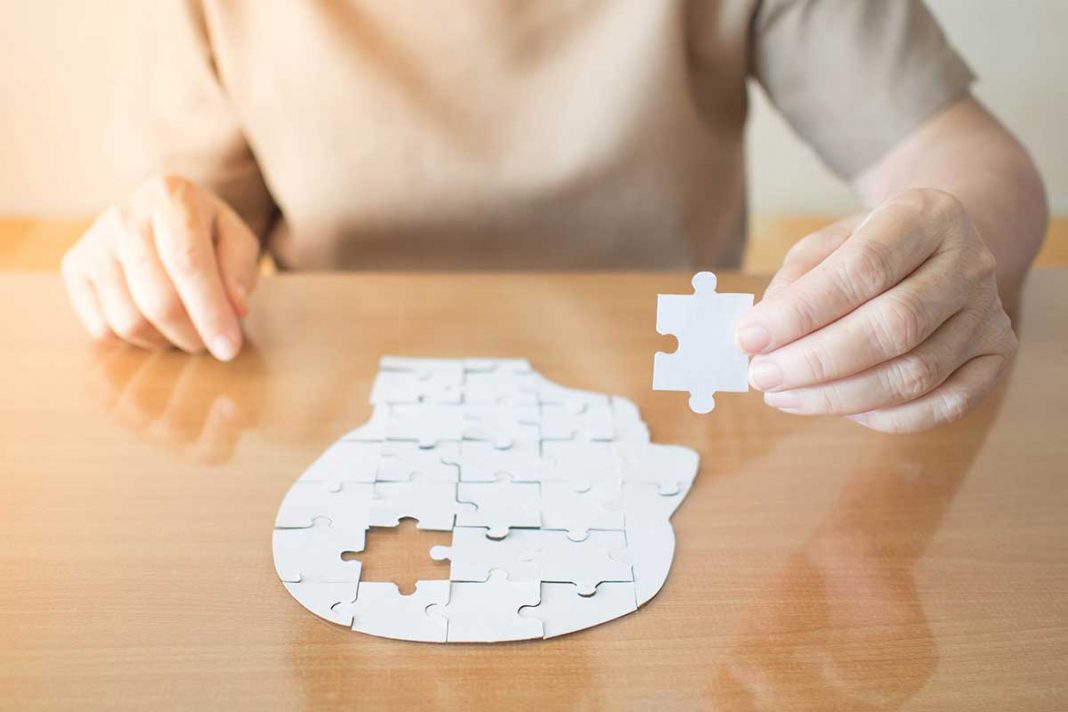Part IV of a series on Indigenous dementia care
EDITOR’S NOTE: The breakthrough Canadian Indigenous Cognitive Assessment (CICA) tool is expected to revolutionize dementia diagnosis and care in aging Canadian Indigenous populations. It was developed here on Manitoulin Island. The Expositor will be exploring more aspects of the tool in future editions. To access the free CICA tool, visit i-CAARE.ca.
MANITOULIN – The new Canadian Indigenous Cognitive Assessment (CICA) tool, developed on Manitoulin Island in partnership between researchers, advisors, healthcare providers and Island First Nations, is a major medical advancement toward improving dementia health outcomes in Indigenous people across Canada.
Experts predict the CICA will have profound impacts for families especially.
“It’s going to help the people that need the most care. It’s going to help those families that are providing the most care in our communities. That’s what I’m proud of, to be able to help those that need it the most,” said Karen Pitawanakwat, community health researcher and registered nurse at Naandwechige-Gamig Wikwemikong Health Centre (WHC).
Ms. Pitawanakwat and WHC were significant drivers of this project which incorporated Island physician and patient advisory groups that collaborated with researchers, First Nations healthcare providers and international groups to develop this Anishinabek-focused tool. Future iterations are expected to be tailored for other Indigenous peoples throughout Canada.
Researcher Dr. Kristen Jacklin said before this tool, care was not tailored to the lived realities of Indigenous peoples, leading to frequent negative health outcomes.
“Sometimes, the approaches to care were not sensitive to issues of past trauma that generally do resurface when somebody has dementia,” said Dr. Jacklin, formerly of the Northern Ontario School of Medicine and now a professor of medical anthropology at the University of Minnesota Medical School Duluth.
She noted, for example, a common mental function indicator is if a loved one forgets how to program their home’s thermostat. However, many individuals living on-reserve use wood stoves to heat their homes and this assessment would be inappropriate for their lived realities.
“People found that if they did make it as far as going to their primary health care doctor and mentioning their (memory issues) to them, the screening tools weren’t fair,” said Dr. Jacklin. “We received a lot of information about what people actually thought would help them and what they wanted in terms of support, tools and healthcare.”
Although this tool is useful for testing brain function, it is equally, if not more important as a safer point of entry into the healthcare system.
Ms. Pitawanakwat said this tool is likely to speed up the process of Indigenous people in Canada receiving a medical diagnosis of whichever condition they face, and greatly boost the accuracy of those diagnoses. By extension, it should improve health outcomes by allowing healthcare providers to act on care plans sooner.
Dementia may not be the root cause of a poor test score, so this safer entry point will foster conversations to better understand a loved one’s health status. Families, caregivers and overall communities will then be better supported to help these individuals through their dementia journey by having more information with which to make decisions and plan.
Care is a unique aspect of the dementia discussion. Studies of First Nations individuals have revealed a strong preference of aging within one’s home community—being in a familiar environment has been shown to improve dementia symptoms.
Dr. Jacklin said Manitoulin Island is uniquely strong in this aspect of care.
“After moving to Minnesota, one of the things that Native Americans share a lot with me is sadness that they’ve lost so much of their language. When I talk about Manitoulin, they glow. They’re just so happy that there’s a place like Manitoulin Island where the Ojibwe language is so strong,” she said.
Conversely, being away from a familiar setting can have negative impacts on health outcomes. Being in a Western biomedical system such as a hospital removes one from the community, their language and the love of the community members coming together to help them take care of their needs.
The CICA can be administered by anyone who is trained on its use, whether a medical professional, friend, family member or trusted elder. This enables testing to take place with familiar people in a familiar setting, perhaps even at a loved one’s home.
“It costs nothing, there’s no restrictions on anybody using it and that’s in the spirit of what the communities wanted,” said Dr. Jacklin.
As a way of giving back to the communities that have been supportive of their efforts, the research team has expressed interest in hosting knowledge sharing sessions on Manitoulin Island so that anyone interested in learning how to use the testing tool can take part.
Self-guided training instructions and videos produced by Wiikwemkoong TV5 in English, Anishinaabemowin and American Sign Language are already available on the I-CAARE website. The in-person sessions will be used to improve the online training materials.
“As somebody who has been doing community-based participatory research for 20 years, this has been truly the most amazing opportunity to see the community take ownership over this. It really ended up being their project,” said Dr. Jacklin.
Other locations beyond Manitoulin have also expressed interest in the tool. Anishinabek communities across Ontario have requested similar orientation training, according to researcher Dr. Jennifer Walker, Canada Research Chair at Laurentian University.
“There’s work happening in other places and internationally that this connects to. That’s an exciting part of it too, to see the national and international connections to similar projects that are happening,” said Dr. Walker.
More information about the future expansion of this tool will be discussed in the next edition of The Expositor.





